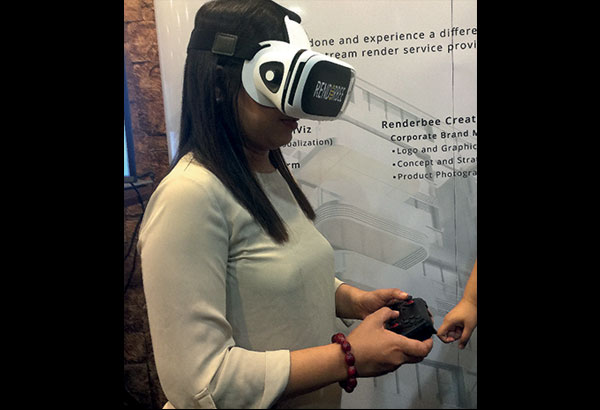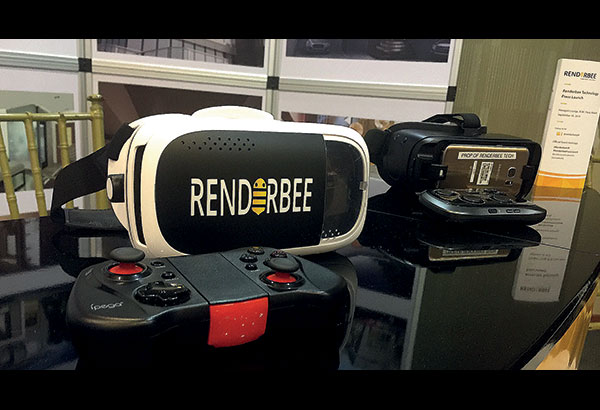Local firm pioneers virtual 3D architectural design
MANILA, Philippines – What if you had the power to view your future home in 3D? That is, with the use of a virtual reality (VR) headset, see what your real estate agent is selling: a three-bedroom home with a modern kitchen and spacious enough living room, a front and back garden with an indoor pool, perhaps?
This possible future home does not have to be imaginary anymore, frozen in stills or blueprints. Local firm Renderbee, a subsidiary of IT conglomerate Synergy88, is pioneering virtual 3D architectural design in the country and making these visualizations possible.
“Our subsidiary Renderbee is the first mainstream service provider to offer 3D experience using the architect’s blueprint. Imagine roaming around a virtual building, house or condo development even before construction begins. That’s what we can deliver to clients,” Jackie Chua said, co-founder and managing director of Synergy88.
Architectural virtualization helps the architect and his client view the proposed design in high-quality 3D stills and animated walk-throughs. This is particularly helpful to interested property buyers as they can have a better look and feel of a house or condo unit that has yet to be built.

Using a VR headset, real estate buyers can experience the look and feel of a house even before construction begins.
Currently, consoles available for viewing Renderbee’s 3D visualizations include Google Cardboard, Samsung Gear VR, Oculus Rift and HTC Vive.
This is, however, not easy to achieve. 3D rendering or the process of translating 2D designs into 3D models so that these images become more realistic needs very high computational power.
The rendering of one still on an ordinary computer can take two hours while rendering a three-minute video walk-through in an ordinary computer can take up 80 days to finish, according to Maricar Nepomuceno, Renderbee’s chief executive officer.
At Renderbee Farm, however, there are 16 servers, with computing power the equivalent of 80 i7 CPUs, each equipped with 192 cores and running at 130+ GHz. This would make it possible to render one still in seven to eight minutes and a three-minute video walk-through in six days.

Consoles available for viewing Renderbee’s 3D visualizations include Google Cardboard, Samsung Gear VR, Oculus Rift and HTC Vive.
“Architectural virtualization is the next step in Philippine architecture,” Nepomuceno said. “Now people can translate their work into an actual 3D rendered image so that they can attract their clients to buy their property or approve their architectural plans.”
“There is a large demand for these services especially in our niche market, the real estate industry, since there are very few foreign companies that offer these services,” she added.
Based on the demand, Renderbee said it has 30 to 40 multimedia artists and developers dedicated to work on projects for local companies.
Research firm IDC projects that the worldwide Augmented Reality (AR) and Virtual Reality (VR) market would balloon to $162 billion by 2020. Aside from architecture and real estate, the technology is seen to have big potential uses in education, tourism, gaming and healthcare.
- Latest





























